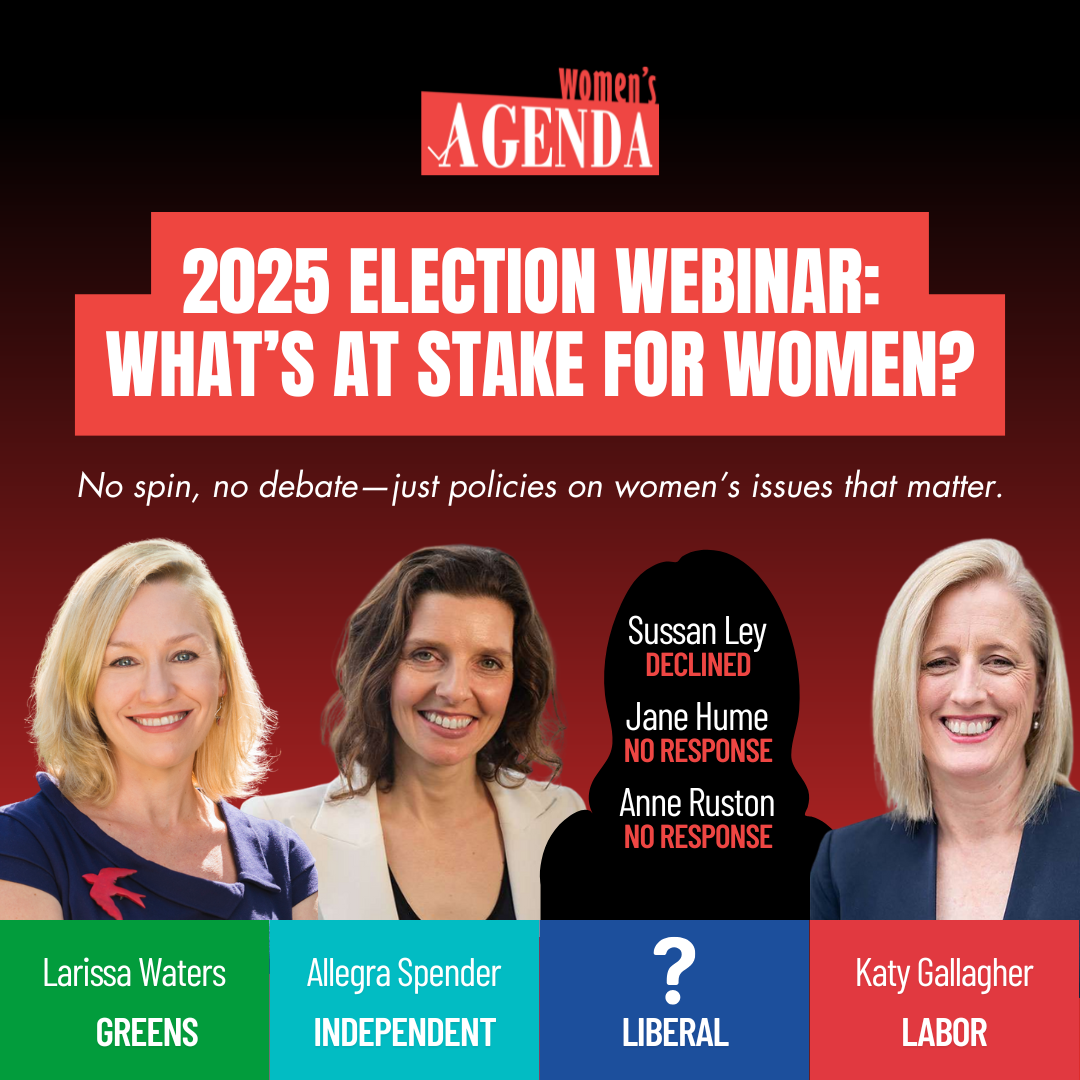Investment in female-led startups has actually fallen, despite evidence that such startups are twice as successful as their male-founded counterparts. Entrepreneurs Katrina Van De Ven and Catherine Olivier, co founders of LeukBook, share how economic weaknesses are emerging as a result of the imbalance, as well as a simple strategy that could help.
It’s disheartening (but not surprising) to learn that investment in female-led startups has fallen to less than one per cent, as reported in the Financial Review recently, down from 3.8 per cent in 2017 and 2021 to just 0.7 per cent in the 2022 financial year. Some investment funds have actually failed to make even just one investment in a female-founded or co-founded startup in the past four years, according to SBE Australia.
These dismal figures seem all the more outlandish when you consider that female founded startups are, on average, twice as successful as their male-founded counterparts, making it clear that investment decisions are less about the quality of the business model, demonstrated growth, or the skills of the founding team, and more about who investors would like to grab a beer with.
While, as female founders, we find this to be an egregious blind spot on the part of investors, we also note our relative privilege and that this is only one part of the picture – culturally diverse founders also receive less than one per cent of the investment pie. And what about founders with intersectional identities, or other forms of diversity? Well, there’s barely any data.
Of course, we can get angry on the basis of inclusion. But let’s be honest, that’s hardly going to shift the needle when investors remain adamant that their decisions are made on wholly financial grounds.
So, let’s instead examine the economic weaknesses that emerge when all white, male founding teams are disproportionately those receiving investment.
It skews the very nature of our startup ecosystem
The overrepresentation of white, male founders skews the very nature of the startups that get invested in. Why? Because, as any successful entrepreneur will tell you, you don’t build a company to simply sell a product, but rather to solve a burning problem on the part of a consumer – and the burning problems we identify are most often those that affect us personally.
We can see this play out in the glut of speedy grocery delivery apps that have recently been the ‘hot ticket’ for investment, just as BNPL was a few years back. But the issue is that these apps all serve the same, cashed up inner city market – and within that the niche of people who are too tired or hungover to utilise the other, lower cost grocery amenities in close proximity. As a result, these companies have burnt through hundreds of millions in VC funds, and are now in trouble amid economic headwinds. Send has already gone under, and the writing appears to be on the wall for VOLY.
The reality is that Australia is not a country of predominantly white men. It only makes logical sense that investors looking to invest their hard earned gains in fledgling companies should seek out those responding to the pain points of a broader cross-section of the Australian population, making the pool of target customers (and the funds they have to spend) greater.
It also impacts product market fit
We see this play out time and time again in the plus fashion sector. Twenty five per cent of the $6 billion per annum domestic market is dominated by the market leaders, all of whom are run by (you guessed it) men. At the same time, the remaining 75 per cent of the market is made up of companies mainly started by plus size women who have felt sidelined by their inability to buy comfortable work pants, a chic dress, or a fun swimsuit, so have decided to create their own!
In running LeukBook, a plus fashion marketplace that brings together many of the country’s best plus brands, we see the disparity in product fit, and intelligent design. It makes sense, when you think about it – it’s far easier to design swimwear for a plus size body when you have a plus size body and understand how you like things to feel and fit.
As such, these small, female-founded companies experience better product market fit and consumer loyalty, but they largely remain as small businesses. If only they had access to the capital needed to scale!
Where to from here?
So what can we do? Much noise has been made about increasing startup funding for female and culturally diverse founders, but the needle hasn’t moved. As we can see, post-COVID economic conservatism has us moving backward. So we need to try a new approach.
In the corporate sector, blind recruitment processes have proven an effective tool to combat gender and cultural bias, and to ensure a truly meritorious recruitment process. It’s time for blind recruitment to be introduced in startup funding – only then will we truly make headway, and Australia’s entire startup ecosystem will be richer for it.


